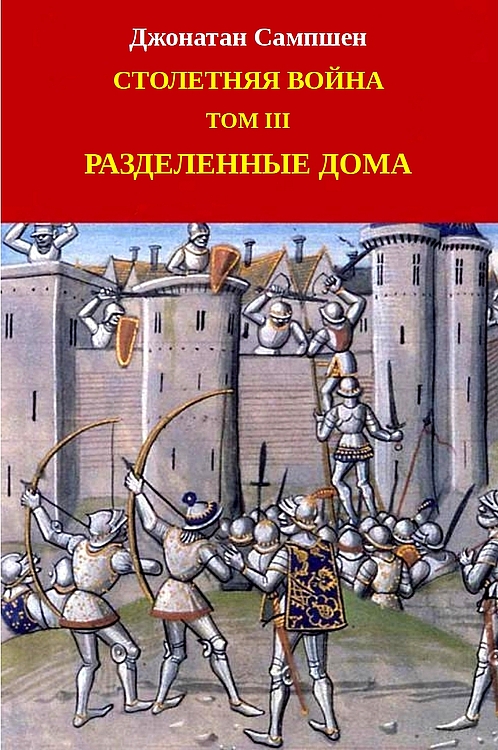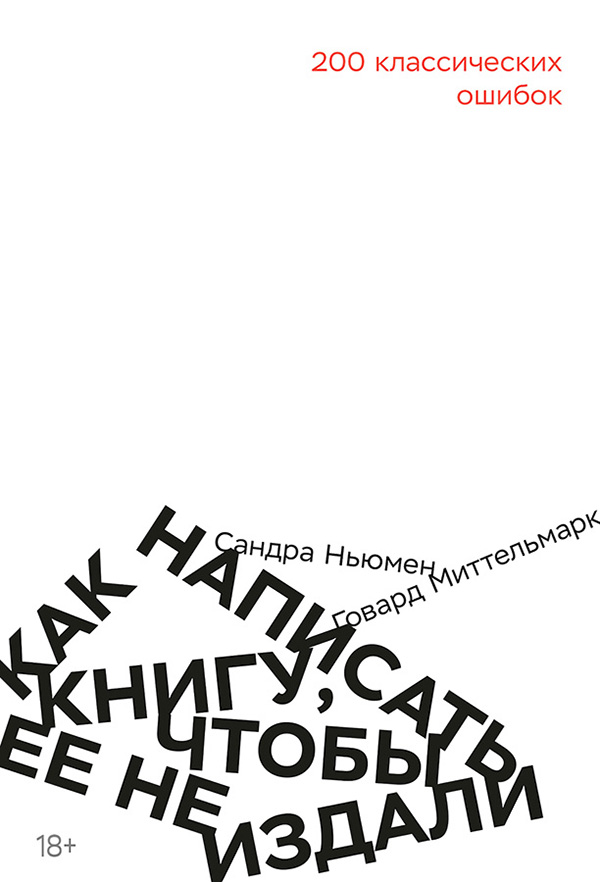Ознакомительная версия. Доступно 18 страниц из 88
Mating Behavior of Euxesta bilimeki (Diptera: Ulidiidae) // Annals of the Entomological Society of America 103, no. 1. January 1, 2010. P. 111–119. https://doi.org/10.1093/aesa/103. 1.111.
Byron E. Bugs, the New Frontier in House-Cleaning // The Wall Street Journal, July 15, 2017.
Callaway E. Dengue Rates Plummet in Australian City After Release of Modified Mosquitoes: Insects Were Deliberately Infected with Bacteria That Interrupt Transmission of the Disease // Nature, August 8, 2018. https://doi.org/10.1038/d41586–018–05914–3.
Cammaerts M.-C., Cammaerts R. Are Ants (Hymenoptera, Formicidae) Capable of Self Recognition? // Journal of Science 5, no. 7. 2015. P. 521–532.
Camp J. V. Host Attraction and Host Selection in the Family Corethrellidae (Wood and Borkent) (Diptera). MS thesis, Georgia Southern University, Statesboro, 2006.
Card G., Dickinson M. H. Visually Mediated Motor Planning in the Escape Response of Drosophila // Current Biology 18, no. 17. September 9, 2008. P. 1300–1307. https://doi.org/10.1016/j.cub.2008.07.094.
Carson R. Silent Spring. Boston: Houghton Mifflin, 1962.
Cartwright M. The Classic Maya Collapse // Ancient History Encyclopedia, October 18, 2014. www.ancient.eu/article/759/the-classic-maya-collapse/.
Cell Press. To Kill Off Parasites, an Insect Self-Medicates with Alcohol // ScienceDaily, February 16, 2012. www.sciencedaily.com/releases/2012/02/120216133428.htm.
Chinery M. Amazing Insects: Images of Fascinating Creatures. Richmond Hill, Ontario: Firefly Books, 2008.
Cibulskis R. E. et al. Malaria: Global Progress 2000–2015 and Future Challenges // Infectious Diseases of Poverty 5, no. 61. June 2016. https://doi.org/10.1186/s40249–016–0151–8.
Clastrier J., Grand D., Legrand J. Observations exceptionnelles en France de Forcipomyia (Pterobosca) paludis (Macfie), parasite des ailes de Libellules (Diptera, Ceratopogonidae et Odonata) // Bulletin de la Société Entomologique de France 99, no. 2. June 1994. P. 127–130. www.persee.fr/doc/bsef_0037–928x_1994_num_99_2_17051.
Coatsworth J. et al. Global Connections: Politics, Exchange, and Social Life in World History. Vol. 1, To 1500. Cambridge, UK: Cambridge University Press, 2015.
Coen P. et al. Sensorimotor Transformations Underlying Variability in Song Intensity during Drosophila Courtship // Neuron 89, no. 3. February 3, 2016. P. 629–644. https://doi.org/10.1016/j.neuron.2015.12.035.
Coghlan A. Male Fruit Flies Feel Pleasure When They Ejaculate // New Scientist, April 19, 2018. www.newscientist.com/article/2166889-male-fruit-flies-feel-pleasure-when-they-ejaculate/.
Colpaert F. C. et al. Self-Administration of the Analgesic Suprofen in Arthritic Rats: Evidence of Mycobacterium butyricum—Induced Arthritis as an Experimental Model of Chronic Pain // Life Sciences 27. 1980. P. 921–928.
Female Age-Related Fertility Decline // Committee Opinion No. 589. Fertility and Sterility 101. March 2014. P. 633–634. https://doi.org/10.1016/j.fertnstert.2013.12.03 [inactive].
Cook D. A. N. et al. A Superhydrophobic Cone to Facilitate the Xenomonitoring of Filarial Parasites, Malaria, and Trypanosomes Using Mosquito Excreta/Feces // Gates Open Research 1, no. 7. (November 6, 2017). https://doi.org/10.12688/gatesopenres.12749.1; (April 27, 2018). https://doi.org/10.12688/gatesopenres.12749.2.
Coolen I., Dangles O., Casas J. Social Learning in Noncolonial Insects? // Current Biology 15, no. 21. November 8, 2005. P. 1931–1935. https://doi.org/10.1016/j. cub.2005.09.015.
Cousins M. et al. Modelling the Transmission Dynamics of Campylobacter in Ontario, Canada, Assuming House Flies, Musca domestica, Are a Mechanical Vector of Disease Transmission // Royal Society Open Science 6, no. 2. February 13, 2019. https://doi.org/10.1098/rsos.181394.
Cross F. R., Jackson R. R. The Execution of Planned Detours by Spider-Eating Predators // Journal of the Experimental Analysis of Behavior 105, no. 1. January 2016. P. 194–210. https://doi.org/10.1002/jeab.189.
Cunningham A. Dengue Cases in the Americas Have Reached an All-Time High // Science News, November 20, 2019. www.sciencenews.org/article/dengue-cases-americas-have-reached-all-time-high.
Curic G. et al. Identification of Person and Quantification of Human DNA Recovered from Mosquitoes (Culicidae) // Forensic Science International: Genetics 8, no. 1. January 1, 2014. P. 109–112. https://doi.org/10.1016/j.fsigen.2013. 07.011.
Curran C. H. The Families and Genera of North American Diptera, 2nd ed. Woodhaven, NY: Henry Tripp, 1965.
Dacke M. et al. Dung Beetles Use the Milky Way for Orientation // Current Biology 23, no. 4. February 18, 2013. P. 298–300, https://doi.org/10.1016/j. cub.2012.12.034.
Danbury T. C. et al. Self-Selection of the Analgesic Drug, Carprofen, by Lame Broiler Chickens // Veterinary Record 146. 2000. P. 307–311.
Dason J. S. et al. Drosophila melanogaster Foraging Regulates a Nociceptive-like Escape Behavior through a Developmentally Plastic Sensory Circuit // Proceedings of the National Academy of Sciences. June 18, 2019. https://doi.org/10.1073/pnas.1820840116.
Davidoff K., King III G. A. The Night When Bugs Changed the Course of Yankees History // New York Post, October 4, 2017. https://nypost.com/2017/10/04/the-night-when-bugs-changed-the-course-of-yankees-history/.
Dawkins M. S. Animal Suffering: The Science of Animal Welfare. New York: Chapman & Hall, 1980.
De Moraes C. M. et al. Malaria-Induced Changes in Host Odors Enhance Mosquito Attraction // Proceedings of the National Academy of Sciences of the United States of America 111, no. 30. July 29, 2014. P. 11079–11084. https:// d oi.org/10.1073/pnas.1405617111.
De Morgan A. A Budget of Paradoxes. London: Longmans, Green, 1872. www. maa.org/press/periodicals/convergence/mathematical-treasure-de-morgan-s-budget-of-paradoxes.
de Silva P., Nutter B., Bernal X. E. Use of Acoustic Signals in Mating in an Eavesdropping Frog-Biting Midge // Animal Behaviour 103. May 2015. P. 45–51. https://doi.org/10.1016/j.anbehav.2015.02.002.
Deora T., Singh A. K., Sane S. P. Biomechanical Basis of Wing and Haltere Coordination in Flies // Proceedings of the National Academy of Sciences of the United States of America 112, no. 5. January 2015. P. 1481–1486. https://doi.org/10.1073/pnas.1412279112.
Deyrup M., Emmel T. C. Florida’s Fabulous Insects. Hawaiian Gardens, CA: World Publications, 1999.
Diamond J. M. Guns, Germs, and Steel: The Fates of Human Societies. New York: W. W. Norton, 1997.
Dickie G. Nepal Is Reeling from an Unprecedented Dengue Outbreak // Science News, October 7, 2019. www.sciencenews.org/article/nepal-reeling-from-unprecedented-dengue-virus-outbreak.
Disney R. H. L. Scuttle Flies: The Phoridae. London: Chapman & Hall, 1994.
Dodson C. H. The Importance of Pollination in the Evolution of the Orchids of Tropical America // American Orchid Society Bulletin 31, no. 9. September 1962. P. 641–735.
Doherty M. Bug-Growing Facility Will Buzz into Balzac Next Spring // StarMetro (Calgary), September 4, 2018.
Dowling S. Do Mosquitoes Feel the Effects of Alcohol? // BBC Future, March 13, 2019. www.bbc.com/future/story/20190313-will-mosquitoes-bite-me-more-when-ive-been-drinking.
Downes J. A. Feeding and Mating in the Insectivorous Ceratopogoninae (Diptera) // Memoirs of the Entomological Society of Canada, 104. 1978.
du Plessis M. et al. Pollination of the ‘Carrion Flowers’ of an African Stapeliad (Ceropegia mixta: Apocynaceae): The Importance of Visual and Scent Traits for the Attraction of Flies // Plant Systematics and Evolution 304, no. 3. March 2018. P. 357–72. https://doi.org/10.1007/s00606–017-1481–0.
Dyer A. G., Neumeyer C., Chittka L. Honeybee (Apis mellifera) Vision Can Discriminate between and Recognise Images of Human Faces // Journal of Experimental Biology 208, part 24. December 2005. P. 4709–4714. https://doi.org/10.1242/jeb.01929.
Ehrlich P., Ehrlich A. Extinction: The Causes and Consequences of the Disappearance of Species. New York: Ballantine Books, 1983.
Eisemann C. H. et al. Do Insects Feel Pain? A Biological View // Experientia 40, no. 2. 1984. P. 164–167.
Elkinton J. S., Boettner G. H. The Effects of Compsilura concinnata, an Introduced Generalist Tachinid, on Non-Target Species in North America: A Cautionary Tale // Assessing Host Ranges for Parasitoids and Predators Used for Classical Biological Control: A
Ознакомительная версия. Доступно 18 страниц из 88
























